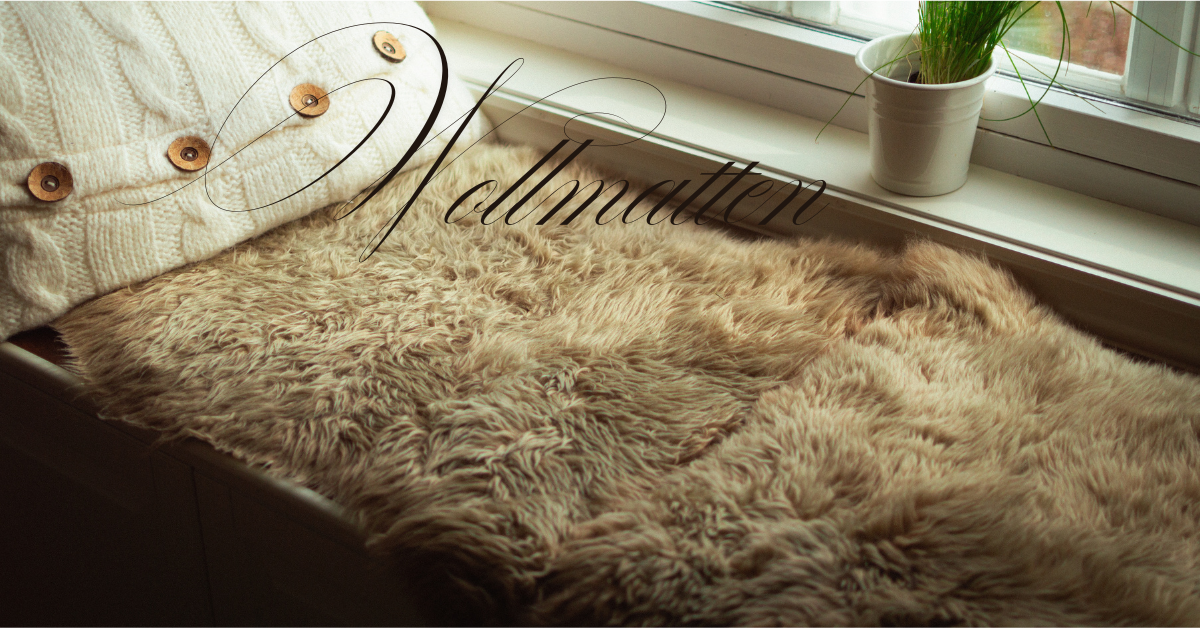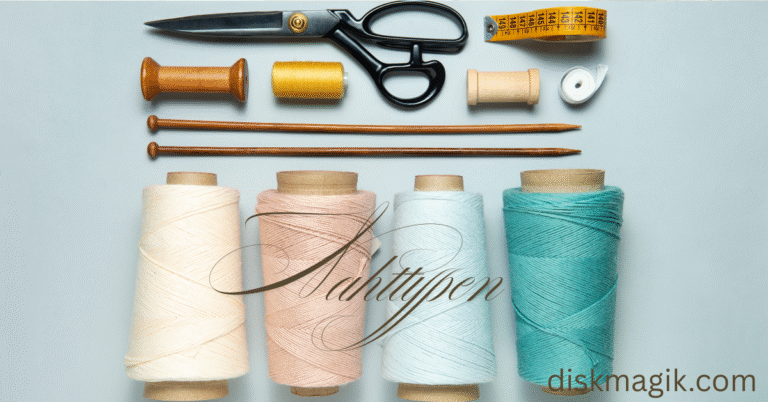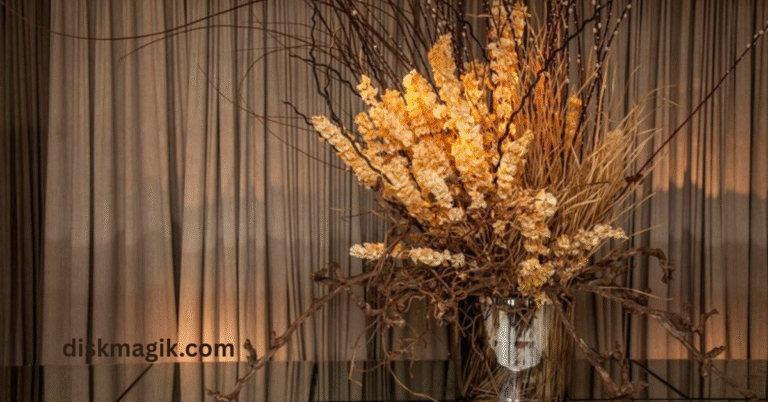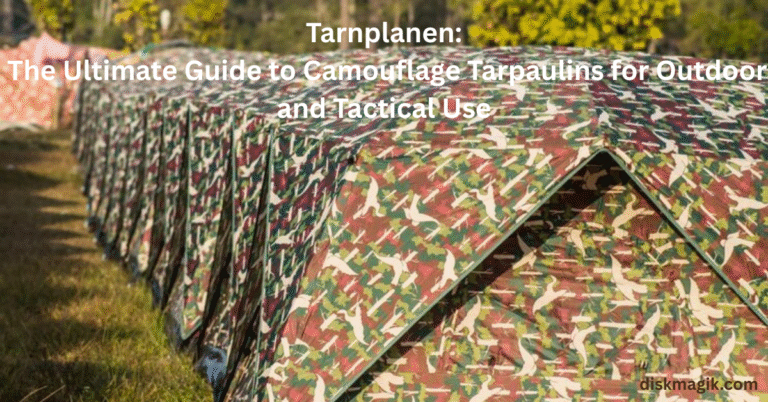Wollmatten: Sustainable Solutions with Natural Wool Mats

What Are Wollmatten?
Wollmatten, or wool mats, are eco-friendly mats made from natural sheep’s wool. These mats are widely used in industries such as construction, agriculture, and landscaping due to their insulating properties, biodegradability, and natural resistance to pests and mold. Thanks to their breathable and moisture-regulating nature, Wollmatten provide a sustainable alternative to synthetic insulation materials like fiberglass or foam.
Traditionally popular in German-speaking countries, Wollmatten are gaining international attention as the demand for green building materials and natural farming techniques increases. Their versatility and durability make them ideal for a wide range of applications — from insulating homes and garden beds to soundproofing rooms and protecting plant roots in cold climates.
Eco-Friendly Benefits and Applications
Wool is not just a renewable material; it also acts as a natural air filter. Wollmatten can absorb pollutants, moisture, and even harmful substances like formaldehyde. In construction, they are often used to line walls, roofs, and floors, providing excellent thermal and acoustic insulation. In agriculture, they help retain soil moisture, suppress weed growth, and gradually decompose into the soil, enriching it with nutrients.
Many architects and eco-conscious builders prefer Wollmatten because they are non-toxic, allergen-free, and safe to handle without protective gear — a major advantage over traditional insulating materials. As more people look for ways to build and live sustainably, wool mats are becoming a popular solution that blends tradition with modern environmental standards.
How Wollmatten Compare to Synthetic Insulation
One of the main advantages of Wollmatten over traditional synthetic insulation materials is their natural performance and sustainability. While materials like fiberglass and polystyrene offer effective insulation, they come with environmental costs during production and disposal. In contrast, Wollmatten are made from a renewable, biodegradable resource that requires less energy to process. They also do not release harmful particles or chemicals, making them a healthier choice for indoor environments.
Wool has a natural crimped structure that traps air, allowing it to insulate effectively even in thin layers. Additionally, wool fibers can absorb and release moisture without losing their insulating properties, which helps regulate indoor humidity. This makes Wollmatten an excellent choice in both hot and cold climates, providing year-round comfort and energy efficiency.
Fire Safety and Air Purification Properties
Another impressive feature of Wollmatten is their natural fire resistance. Wool fibers have a high nitrogen content, making them difficult to ignite. If they do catch fire, they tend to self-extinguish and produce minimal smoke — a critical safety benefit for homes and buildings. This natural fire resistance makes Wollmatten a reliable material for both residential and commercial insulation.
Beyond fire safety, Wollmatten can also filter the air by binding to pollutants such as formaldehyde, sulfur dioxide, and nitrogen oxides. This makes them particularly beneficial in urban environments where indoor air quality is a growing concern. By incorporating Wollmatten into buildings, you’re not only improving insulation but also contributing to a healthier living space.
Application in Organic Farming and Landscaping
In agriculture,it serve as a natural mulch alternative. Farmers and gardeners use them to suppress weeds, retain soil moisture, and insulate crops during frost. Over time, the mats break down naturally, enriching the soil with nitrogen and other beneficial nutrients. This eliminates the need for plastic sheeting or synthetic ground covers, which often end up as waste.
In landscaping, Wollmatten can be used to stabilize soil on slopes, prevent erosion, and protect plant roots during reforestation projects. Their long-lasting structure allows them to stay in place through various weather conditions while slowly decomposing. This dual-purpose function — short-term protection and long-term soil enrichment — makes Wollmatten a favorite among permaculture designers and organic farmers.
A Smart Investment in Sustainability
Whether you’re insulating a home, starting an organic garden, or developing an eco-conscious construction project, Wollmatten offer a sustainable and effective solution. Their natural composition, excellent insulation properties, and positive environmental impact make them a smart investment for future-focused builders and growers. As climate awareness increases and regulations tighten, switching to renewable materials like Wollmatten is not only a responsible choice — it’s a necessary one.
FAQs
Q: What are Wollmatten made of?
A: It are made from natural sheep’s wool, sometimes blended with jute or other biodegradable fibers for added strength and durability.
Q: Where it is used?
A: They are used in construction (for insulation), agriculture (as mulch or soil protection), and even in soundproofing applications.
Q: Are Wollmatten environmentally friendly?
A: Yes, they are 100% biodegradable, renewable, and often made without chemicals, making them an excellent eco-friendly alternative to synthetic materials.
Q: Can I use it in my garden?
A: Absolutely. They are ideal for weed control, moisture retention, and protecting plants in cold seasons. As they decompose, they enrich the soil.
Q: Are there different types ?
A: Yes, some are denser for construction insulation, while others are lighter and more flexible for garden or agricultural use.






